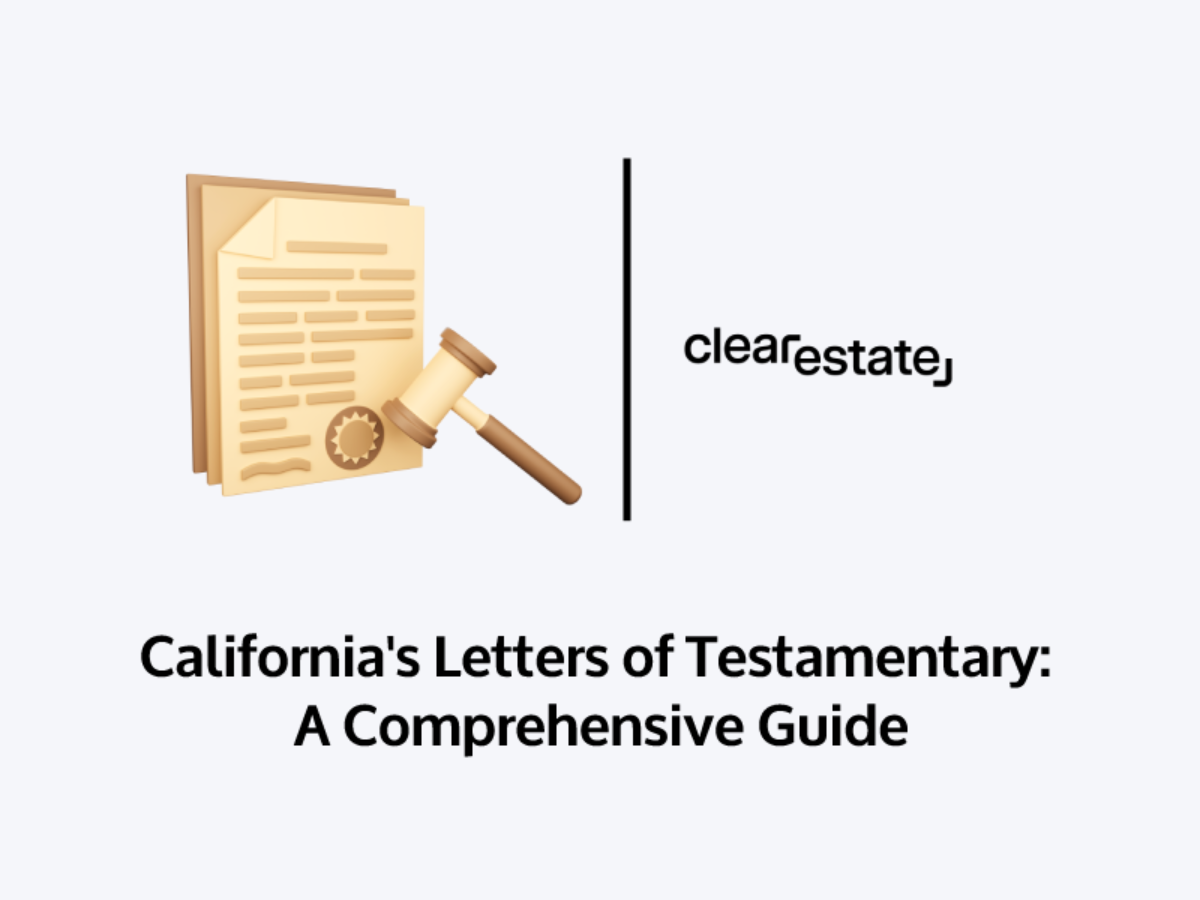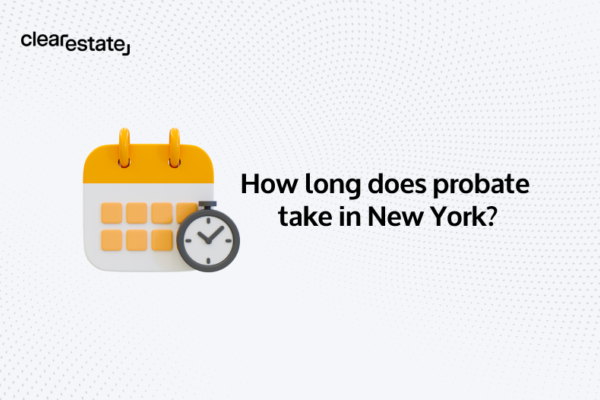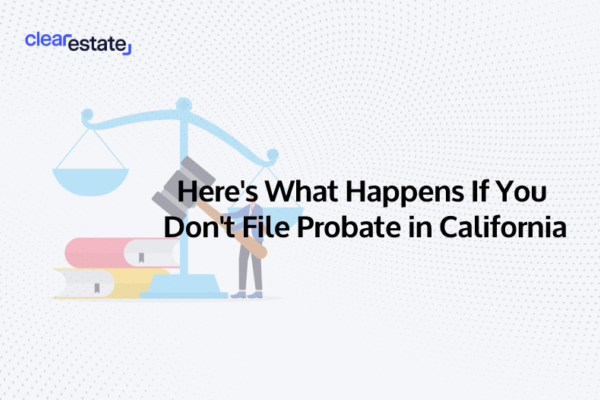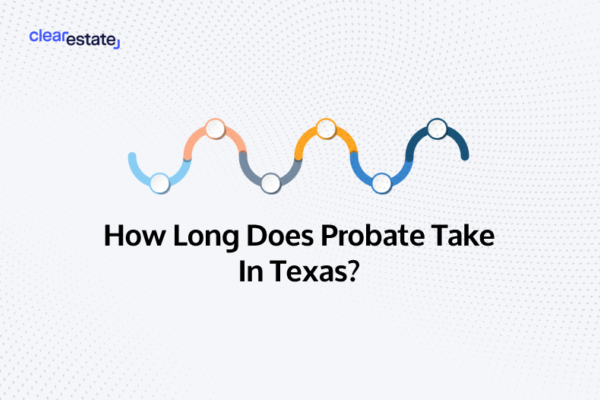Letters of testamentary are typically required when a person has passed away and has left behind assets that need to be distributed as per their will.
An executor, named in the will, is responsible for carrying out these tasks.
The Letters Testamentary provide the executor with the authority to deal with the deceased's assets, pay off any debts, and distribute the remaining estate to the beneficiaries.
Some estates may not require letters of testamentary
Not all situations demand the issuance of these letters. In California, there is a concept known as a "small estate," which can simplify the process.
A small estate refers to:
an estate of a decedent who died Before April 1,2022 total value is $166,250 or less
OR
for an estate of a decedent who died AFTER April 1,2022 total value is $184,500
For such estates; a more straightforward "small estate probate procedure" is available, allowing estate property transfer - without the lengthy and expensive formal probate process.
This means; if a deceased person's estate falls under the definition of a 'small estate,' Letters Testamentary might not be necessary.






